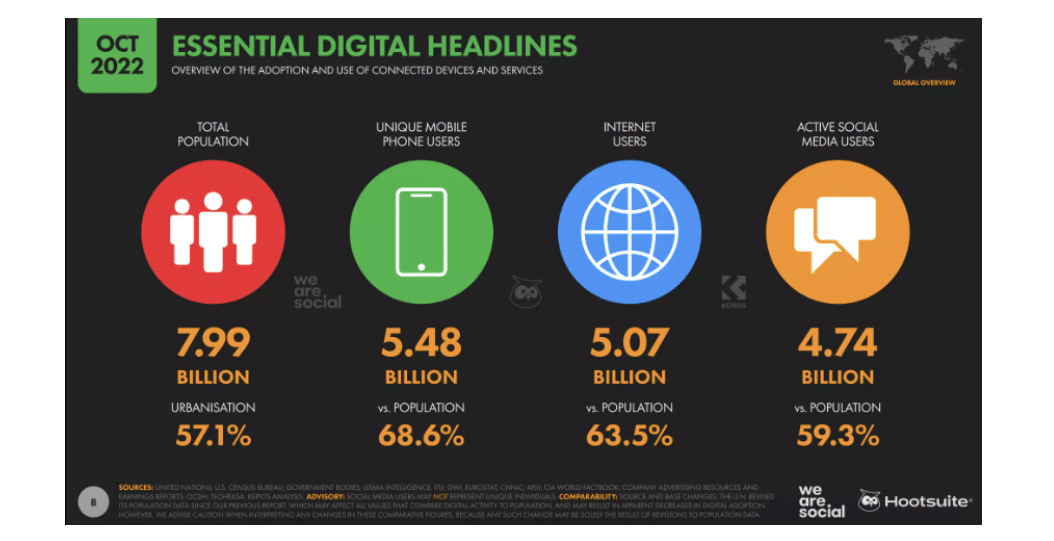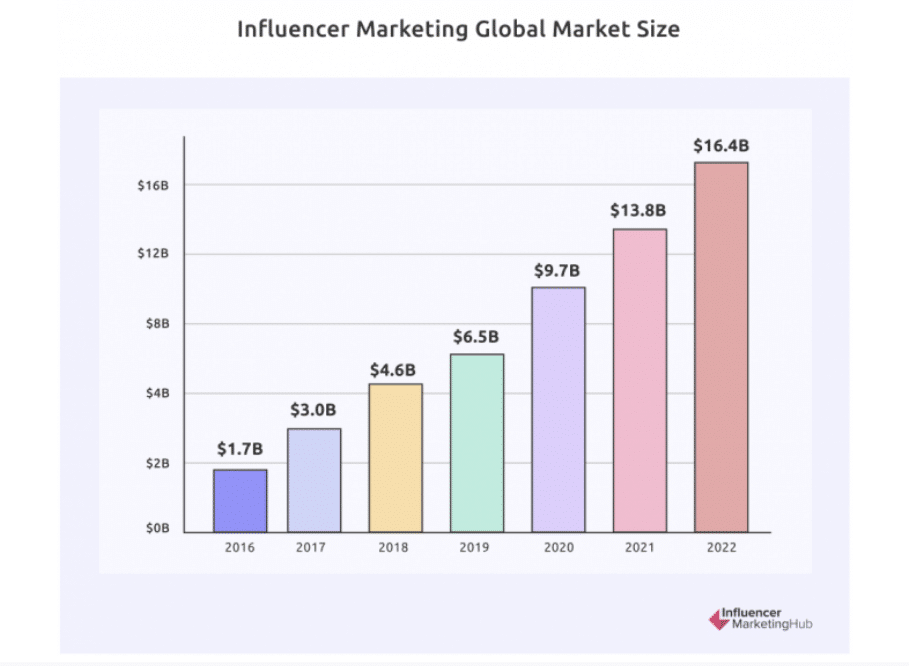Digital platforms have had a huge impact on how we learn and interact with the world. Nowadays, almost everyone has a mobile device in their pocket, and many spend their free time scrolling through endless social media feeds. What’s more, is that user behavior can be collected and used for analytical insight—a trend known as big data.
Together, these factors have ushered in an era of more personalized, data-driven marketing methods. Old-school marketing approaches such as mass leaflet campaigns have lost their relevance, with companies preferring to interact directly with consumers in real time.
There is no better example of this than the rise of influencer marketing on platforms such as TikTok, Instagram, YouTube, or Twitter. What some may not realize is that a variation of influencer marketing has been used for decades—namely, the use of Key Opinion Leaders to spread the word about a brand or product.
This article will explore the difference between the terms, considering the benefits and applications of each approach.
Image sourced from Hootsuite
What is a Key Opinion Leader?
A Key Opinion Leader (KOL) has a high level of expertise and influence in a specific industry or field.
Another term for a KOL is a thought leader—a highly respected professional (such as a doctor, scientist, or academic) who has built their reputation through years of experience, research, and publication. These individuals are considered to be heavyweights in their fields whose insights and opinions on topics are highly sought after.
For this reason, KOLs are often interviewed in media publications when discussing current affairs within their area of expertise. Whether it’s cooking, skincare, or technology, KOLs play an important role in shaping the opinions and attitudes of industry insiders, as well as the general public. An example would be the founders of Skype, Niklas Zennström and Janus Friis, being quoted in an article about a new cloud PBX system.
KOLs clearly hold a huge amount of industry influence, which has subsequently opened the door for their use in marketing. For instance, when a company wants to establish its brand image or launch a new product line, they might reach out to an industry KOL. Read on to learn more about the benefits of such an approach.
How are Key Opinion Leaders and Influencers different?
Key Opinion Leaders have existed since the dawn of human society, long before smartphones and social media became a thing. Consequently, there is no need for an individual to have a large social media following to be considered a KOL. Rather, they are simply experts in their field whose thoughts are respected by members of their communities. You could consider Socrates a Key Opinion Leader of Ancient Greece, for example.
Influencers, on the other hand, are a much more current phenomenon. These days, people can become popular overnight in online spaces, and with careful content curation, they can amass huge followings on social media. Often, these influencers have intricate knowledge of the latest online trends and have a good idea of how to maintain good press relations.
Similar to KOLs, social media influencers hold sway over the thoughts and decision-making of their audiences. For example, if a skincare influencer says they use a particular type of moisturizer, that product may see an uptick in sales due to increased brand recognition. However, there is no requirement that influencers hold industry experience or knowledge in the topics they speak about. The advantage is more focused on the scale of their platform.
So when you search influencers within your budget, you’ll want to consider their relevance to your product or service, and also the extent of their reach.
Of course, there is significant overlap between the two terms—and many KOLs are influencers or vice versa. Take, for instance, Gordon Ramsay, a Key Opinion Leader in the cookery industry. That prestige was earned by his career as a restaurant owner, winning 17 Michelin Stars and pioneering new cooking styles.
In recent times, however, Gordon has established himself in the online world of social media. In fact, Gordon now boasts a whopping 35.8 million followers on TikTok, elevating him to mega-influencer status. Likewise, an influencer who starts out on social media may later become a Key Opinion Leader by gaining experience and educating others on their topic of interest.
Image sourced from Influencer Marketing Hub
Benefits of using Key Opinion Leaders vs Influencers for marketing
There are several factors that determine whether a marketing campaign will be successful. Namely, that it must reach its target audience and it must connect with them.
We will consider the advantages and disadvantages of using KOLs vs influencers accordingly:
- Expertise: KOLs are experts in their respective fields, with many years of experience and knowledge. Meanwhile, influencers may not necessarily have expertise in the products or services they promote.
- Audience: KOLs typically have a smaller but highly engaged audience made up of industry professionals, while influencers tend to have a larger but more general audience. For example, a cloud communications KOL posting about VoIP hosting might have a small following, but his followers will care deeply about the topic. Meanwhile, an influencer may not receive the same interest from their audience.
- Credibility: KOLs are seen as trustworthy and credible sources of information due to their expertise and reputation, while the credibility of influencers can vary and may be influenced by the number of followers they have as well as their personal brand image.
- Motivation: KOLs typically offer their opinions and insights based on a desire to educate, while influencers may be motivated by financial compensation or personal brand promotion. That being said, influencers are usually passionate and will know how to drive high engagement on their posts.
- Reach: KOLs may have limited reach outside of their specific industry, while influencers can have a wider reach and may be able to reach new audiences for a brand.
As for the cost, the sky’s the limit when working with KOLs or influencers. The fees quoted for endorsement by a mega-influencer may be just as high as from a central (but secretive) KOL. It is up to you to analyze who your audience is, what they want to see, and what will deliver the best return on investment.
Finding a marketing solution that works for you
To conclude, the field of marketing is firmly in a transitory phase. We are seeing the convergence of traditional marketing and digital marketing methods, with marketers scrambling to find the balance that works for them.
Your best solution is to conduct proper market analysis before jumping the gun on an expensive influencer or KOL’s endorsement. Work out what message you want to convey and which call to action words would suit your campaign. You may want to contact micro-influencers within your industry to understand their rates and the sorts of audiences they can reach.
When discussing your idea, emphasize the development of a long-term partnership. After all, combining their platform and your product may not only drive sales for you, but it may transform them into an industry KOL, too.











